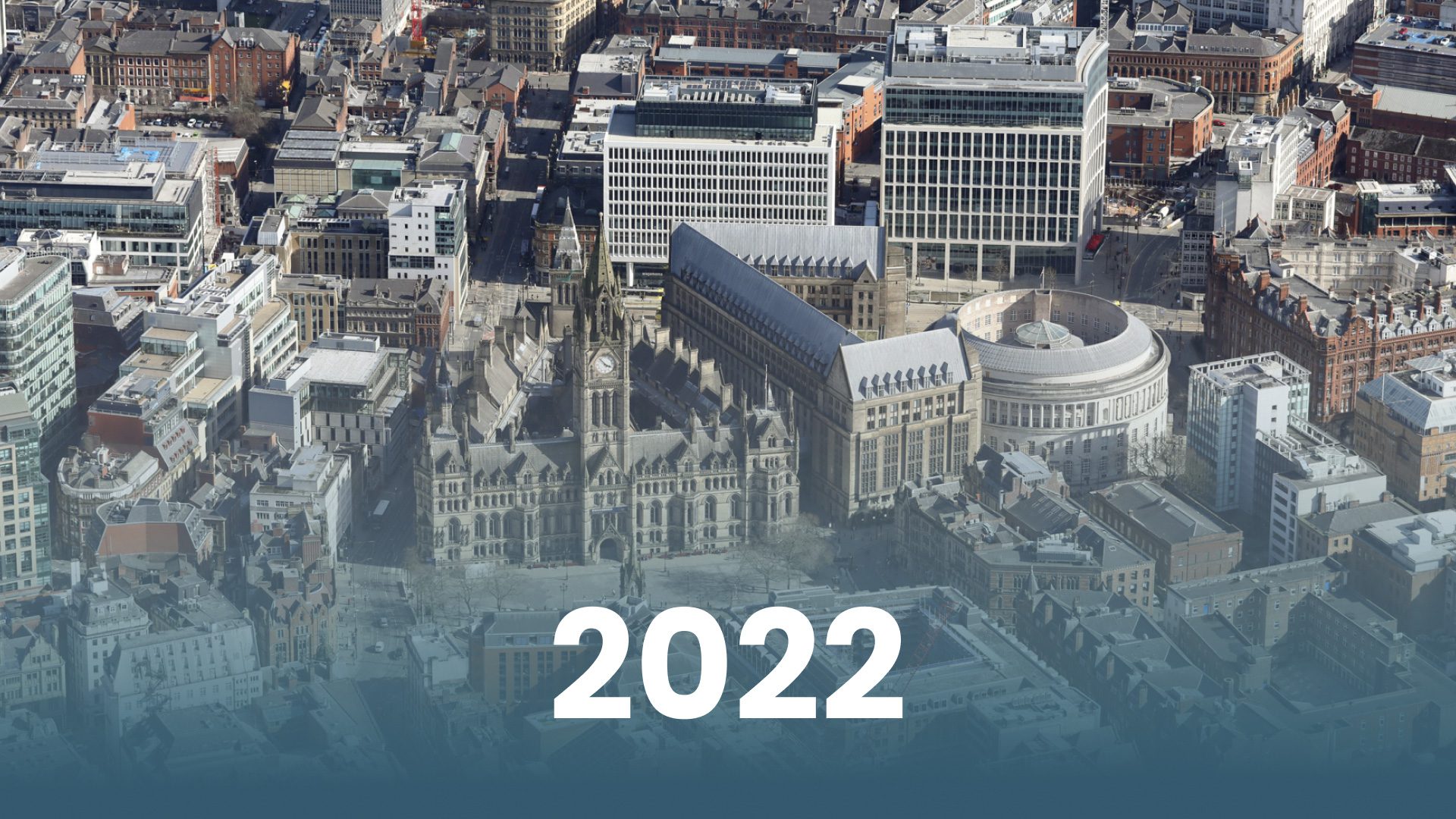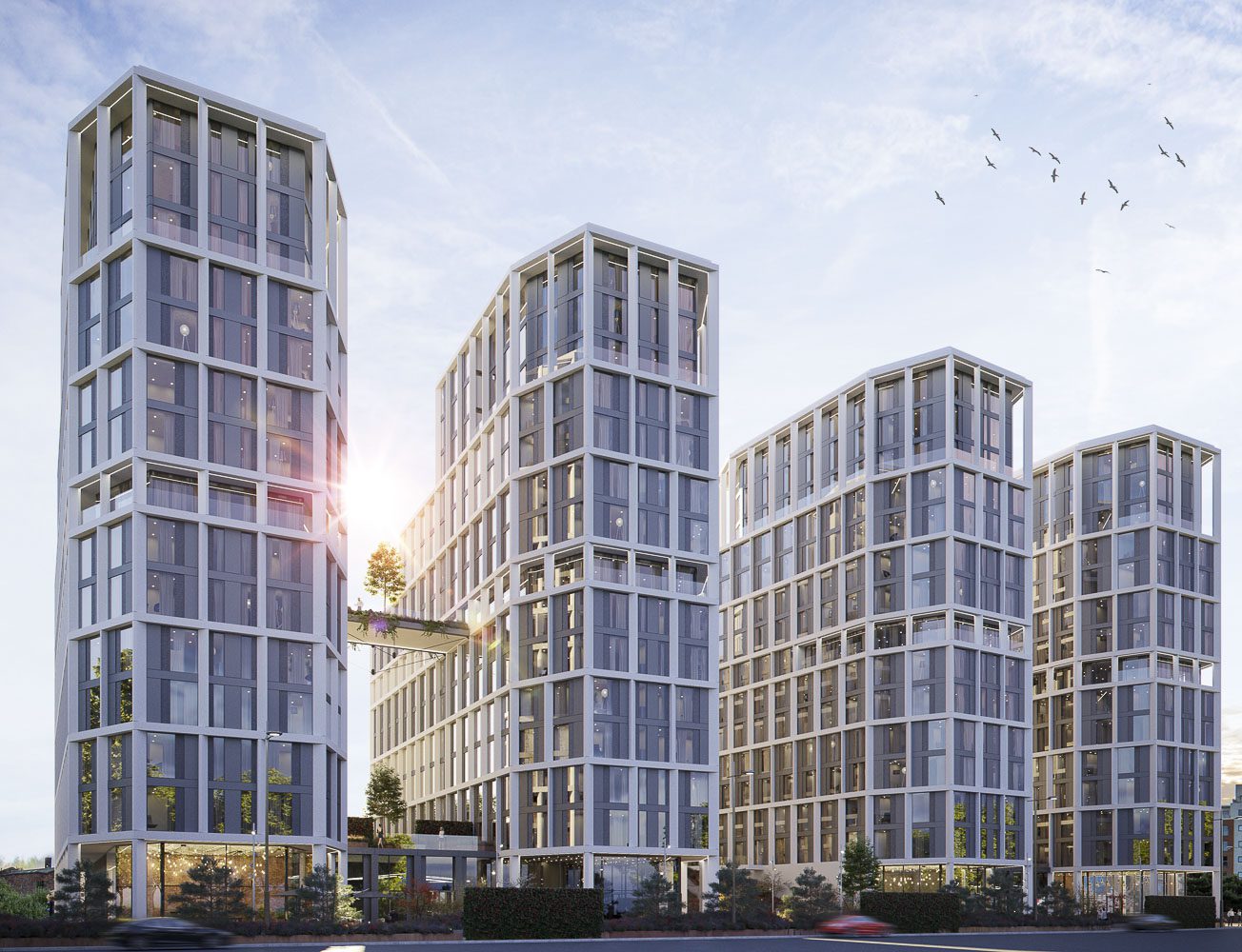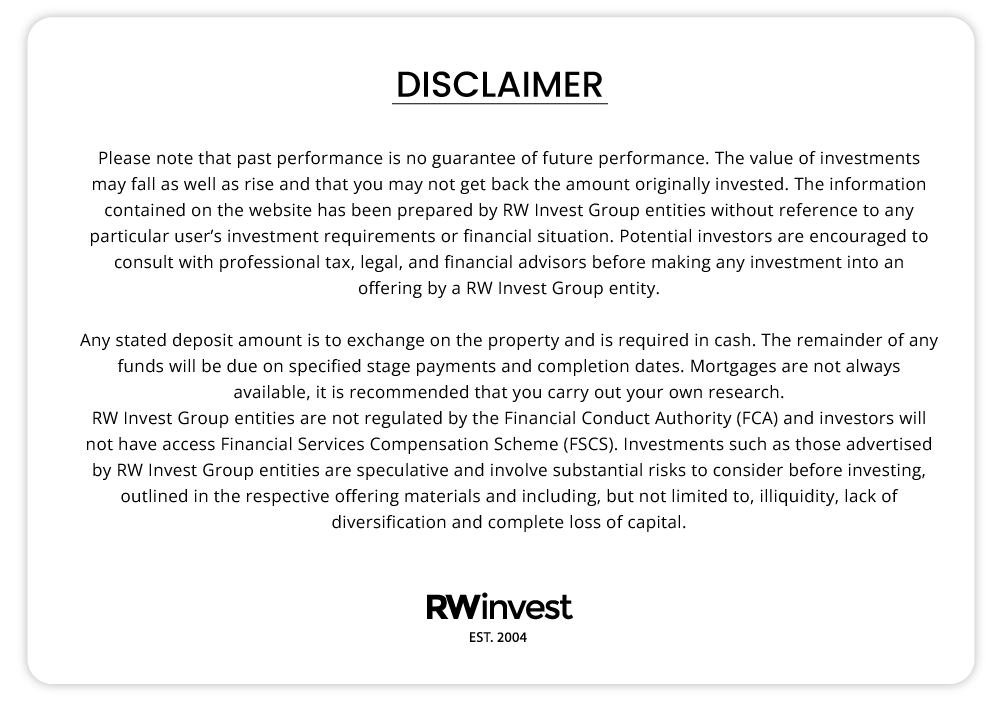UK Property Market in 2022
2022 has been an especially busy year for the property market. The spring and summer months have seen prices rise across the country, as the demand for housing continues to overwhelm the supply.
As a brief overview, the surge we have seen over the past year reached a peak in the spring before slowly calming down over the summer, as homeowners chose to spend their money elsewhere.
This slowing growth was anticipated due to how well the property market has been performing and is simply a sign of the housing market calming down after a hectic 12 months.
In this article, we will break down month by month what happened with the housing market over the spring and summer of 2022, tracking how house prices and rents rose each month to give you an accurate summary of how the property market has performed.
All presented statistics for property prices and price growth are from the UK House Price Index unless otherwise mentioned. Some statistics have not been included due to the Index not being updated at the time of writing.

How to Build a Property Portfolio, Get Started Now!
Tips on how to start building your property portfolio with tools for success.
March
Average UK property price: £278,436
Annual price change: 9.8%
Annual rental price increase: 2.4%
March saw the annual house price growth slow down slightly compared to the previous month, but still showed that there was a high demand for properties. Savills reported a monthly increase of 1.1% from February, which was the highest monthly growth of the year.
This growth was caused by the lack of supply for new properties across the country, as potential buyers saw prices rise due to the overwhelming demand for housing.
Although there were signs of increasing supply such as surveyors reporting an increase in instructions, this would not affect the supply issues for several more months at best.
Regionally, Wales saw the largest rise in house prices that month, with prices rising by 11.7%. The lowest rise was in Scotland with an annual growth of 8%. The East Midlands saw the largest growth in England, with a massive annual rise of 12.4% based on March 2021.
The rental market also saw similarly strong growth, with a rising rental value growth of 10.4% reported by Savills. This growth is a sign of the massive demand for rental properties across the UK, with areas like Manchester and Liverpool being hotspots for renters.

Last Chance to Invest in Luxury Waterfront Apartments
Limited time offer! Back-to-market 1-bed units in one of our best-ever developments
April
Average property price: £281,161
Annual price change: 12.4%
Annual rental price increase: 2.7%
In April, we saw a larger rise in house prices compared to the previous month, as the annual price change shot up by a considerable amount from April 2021.
Again, the lack of supply contributed to this, with large numbers of potential buyers and renters having to contend with a smaller number of homes on the market.
However, there was an increase in supply according to TwentyCi, but it was expected to take months before this would affect the market as it was still down 44% compared to pre-pandemic levels.
Scotland and Wales boasted the largest annual growth of the month, with both riding high at a 16.2% increase from 2021. Meanwhile, in England, the South-West had the highest annual growth of 14.1%.
According to Zoopla, April had the strongest increase in rental prices since 2011, with rates going up 11.4% in 12 months. However, monthly growth continued to slow down, with London, in particular, being hit hard.

Unbeatable Views, Unbeatable Returns
Secure a 2-bed apartment in this landmark development boasting panoramic views of Liverpool’s Waterfront.
May
Average property price: £283,496
Annual price change: 12.8%
Annual rental price increase: 2.8%
May saw early signs of the growth we had seen up to this point begin to slow down, despite showing the largest growth of 2022 so far. There was a massive change in house prices compared to the previous year, the largest of 2022 so far.
There was greater demand for housing than the supply could keep up with, which explains why prices rose so much compared to the previous year.
First-time buyers were more confident in purchasing property than those looking to move houses, with UK Finance reporting a 16% rise in the number of mortgages for first-time buyers compared to pre-pandemic levels.
The East Midlands boasted the largest annual growth of a staggering 15.2% growth from May 2021, whilst London’s growth was the most sluggish at 8.2%.
Similarly to the property market as a whole, the rental market showed great signs of positive growth, such as 36% more buy-to-let mortgages being lent in May than the pre-pandemic averages.
Landlords took advantage of the favourable market conditions, with rents rising by 11.8%, another record-breaking rise. However, the three-month increase had slowed from 3.8% in November to 2.2% in May, and some areas like London saw an even steeper deceleration of growth.

Get Your FREE Liverpool Investment Guide
Everything you need to know about investing in Liverpool, one of the UK’s hottest investment cities.
June
Average property price: £286,397
Annual price change: 7.8%
Annual rental price increase: 3%
Following on from the early signs of slowing growth in May, June saw further evidence that the growth the property market has been experiencing was beginning to slow down. As you can see above, the annual price growth took a sharp decrease from the previous month of 5%.
This began a decline in price growth which would continue into the summer, as the rapid increase in the property market at the beginning of the year calmed down. Although there would still be positive price growth going forward, it would not reach the same highs as March and April.
Although there was still a supply issue, demand began to cool off as many potential buyers began going on summer holidays instead. Buyer enquiries fell for the first time in nine months, and the Bank of England reported mortgages were back to pre-pandemic levels.
The largest annual/monthly growth was in Scotland, which saw prices rise by 11.6% annually and 2.2% at a monthly rate. Yorkshire and the Humber saw prices fall by 0.4% from the previous month, the only region of the UK to show lower prices.
Looking at the rental market, there were signs of continued strong growth for the rest of the year. We saw the highest annual rental price increase yet of the year, with Zoopla’s statistics showing a rise of 11.8%.
Although the housing market as a whole was beginning to cool off, the rental market stood out as being particularly strong in this regard.

Liverpool's Biggest, Boldest Development!
Last chance to invest! Earn up to £28k Annually with 6% assured yields.
July
Annual rental price increase: 3.2%
In July, there were further signs of a cooling housing market despite continued growth.
House prices only rose by 0.1% according to Savills research. Despite this minuscule increase, it was enough to keep annual growth at double digits, with a 12-month increase of 11%.
Part of the reason for this was a slowing down of transactions, as they had fallen 13% compared to the average before the pandemic. Although there was less of a demand for properties on the market, there was still not enough of a supply.
Despite the housing market calming as a whole, the rental market showed signs of strong growth as buy-to-let landlords continued to make the most of the favourable market conditions.
Rents grew 12.0% in a 12-month period, almost six times the rate of pre-pandemic growth. London, the South-East and Wales saw the largest growth out of the UK, with the rest of the nation also seeing an increase after months of calming growth.




